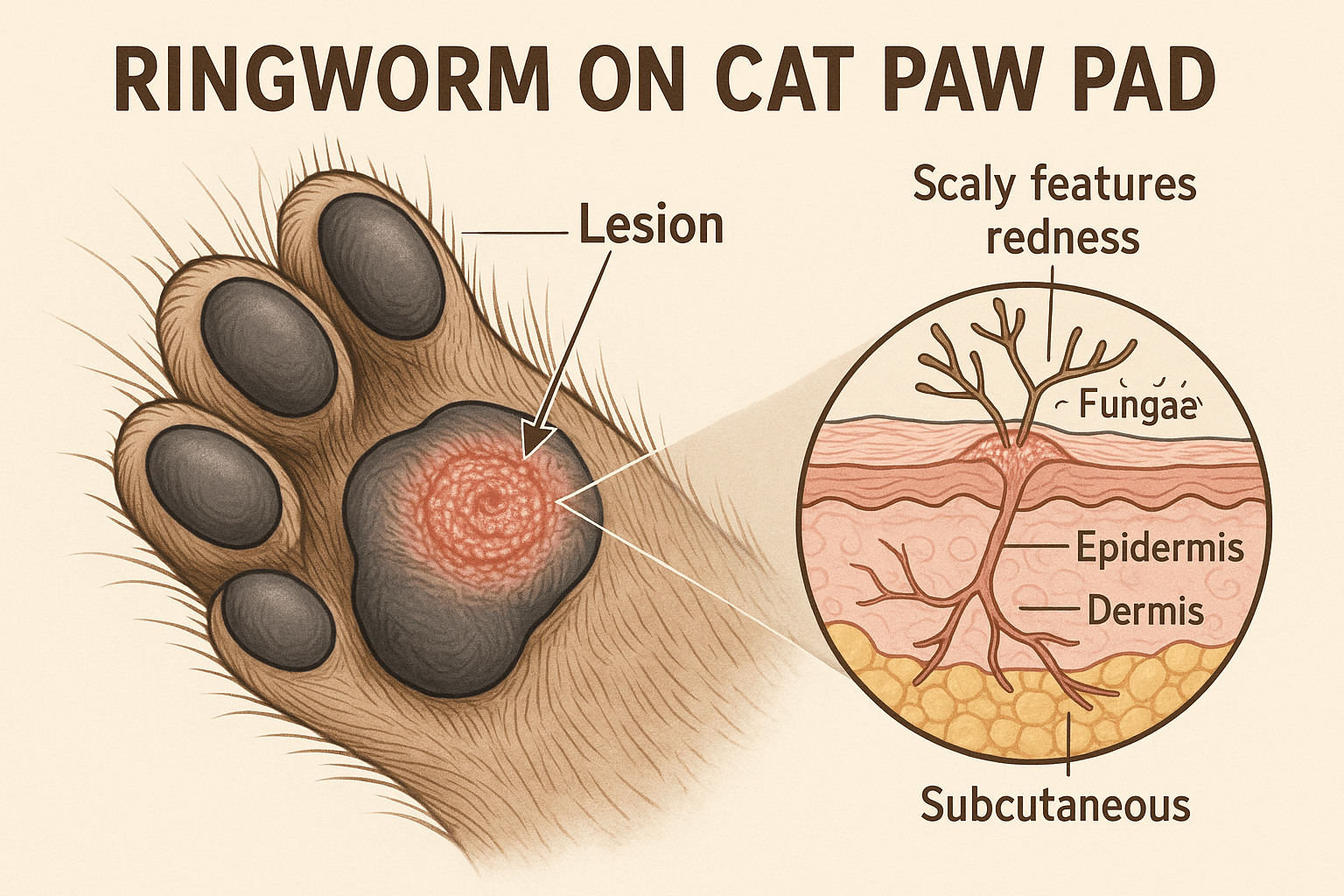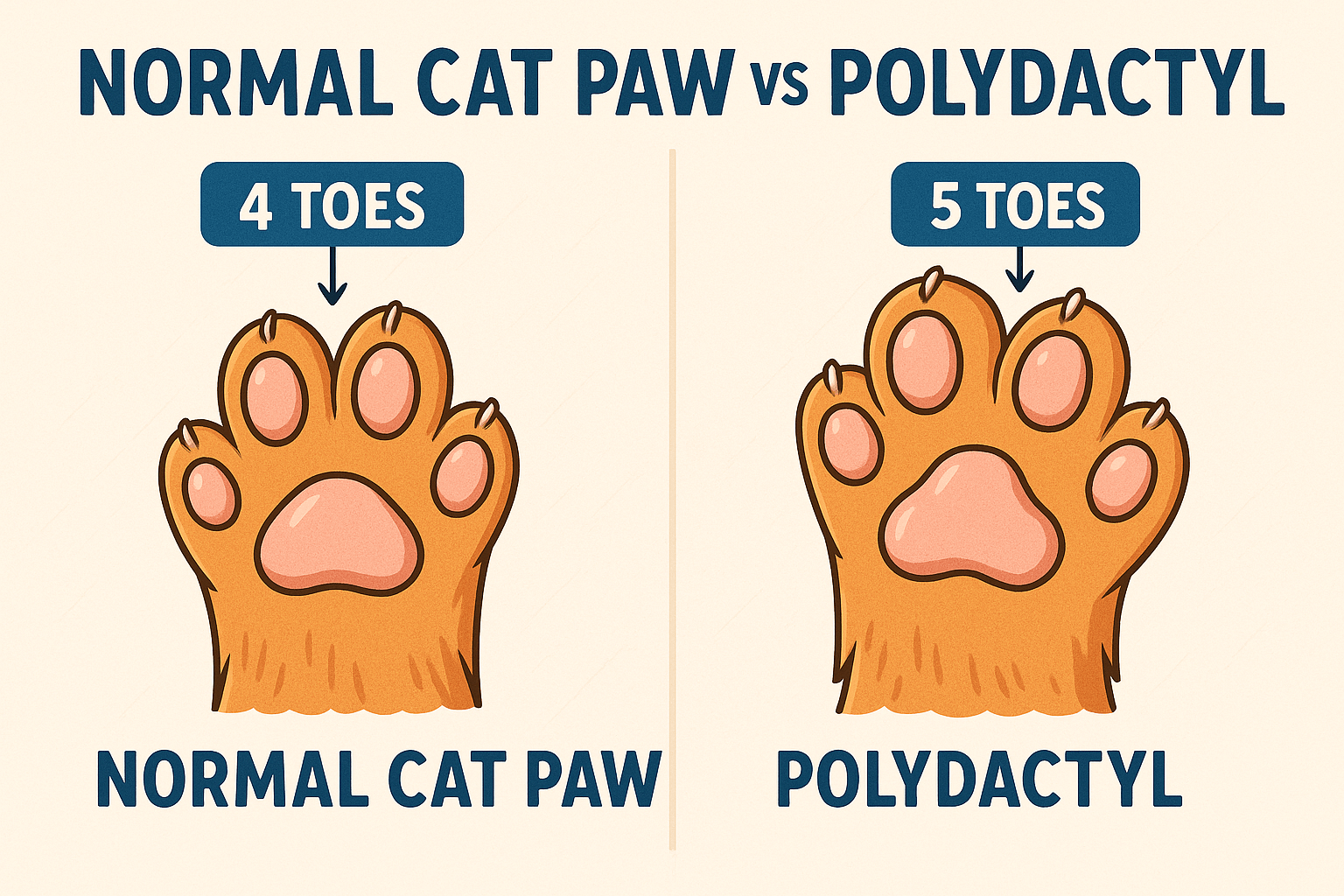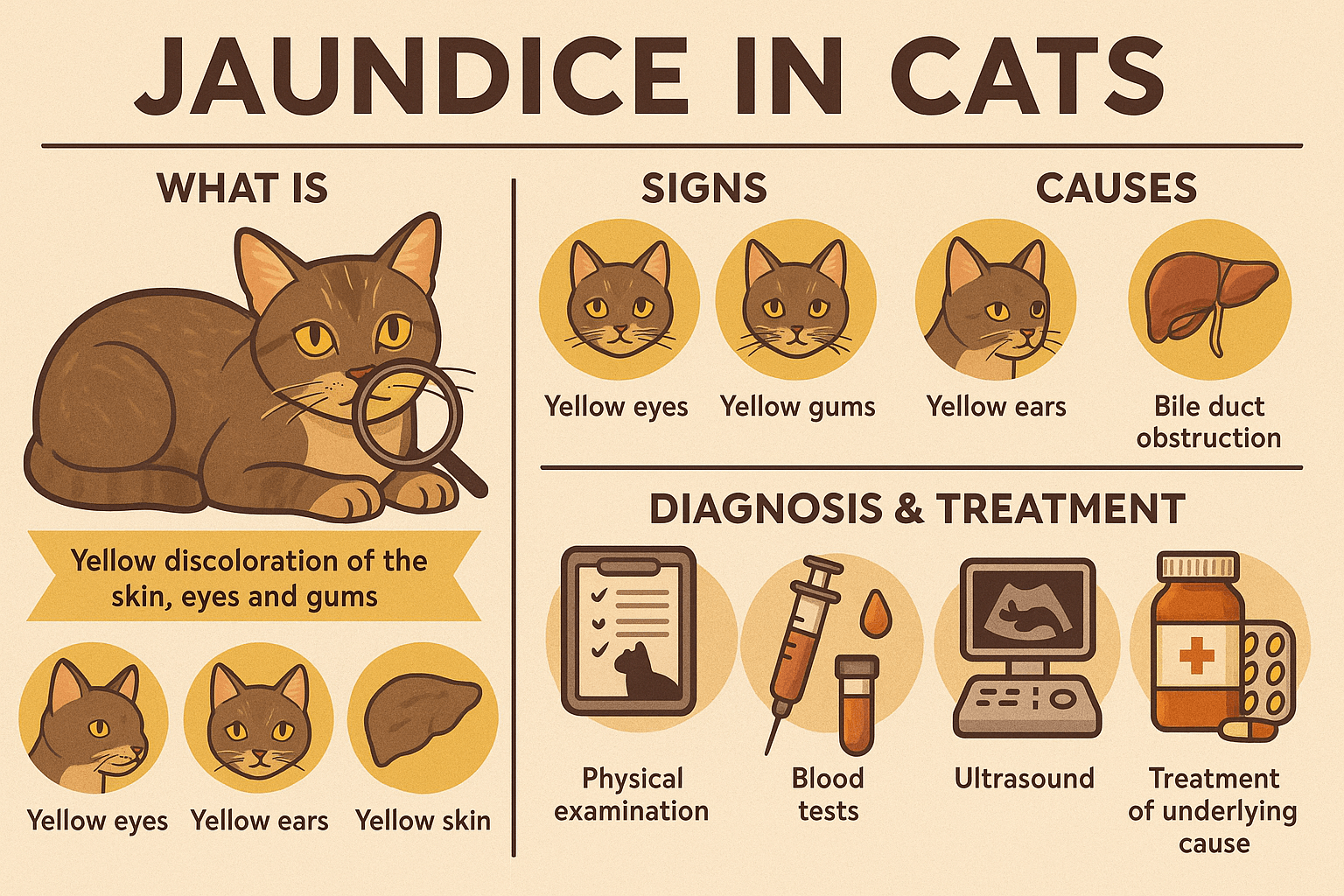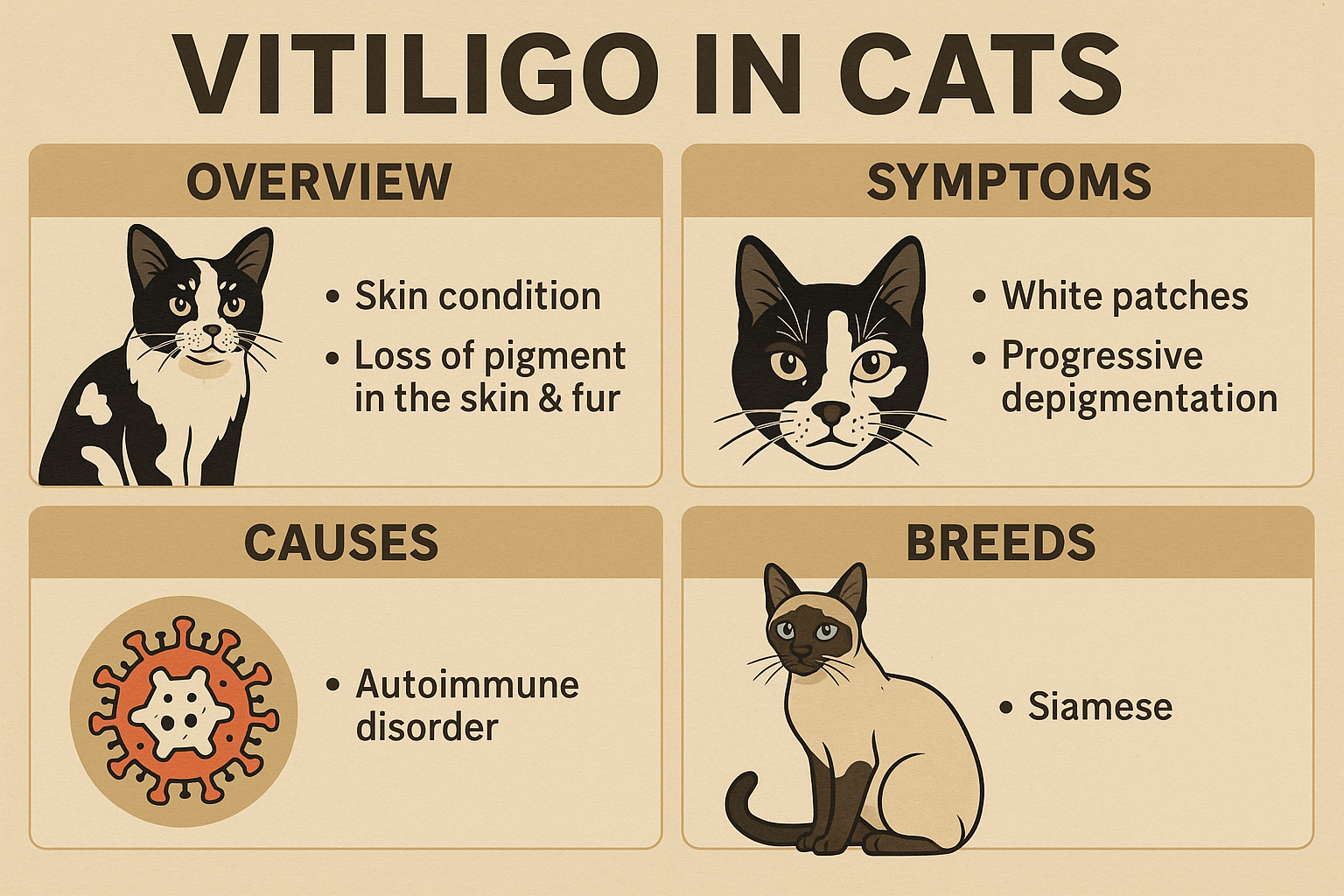Can Cats Eat Kefir? Exploring the Benefits and Risks
Kefir, a fermented dairy product packed with probiotics, has gained popularity for its health benefits in humans. But what about our feline friends? Can cats eat kefir, and is it safe to include this tangy drink in their diet? While cats are obligate carnivores and don’t require dairy as part of their nutrition, some pet owners wonder if kefir could offer digestive or immune-boosting advantages. In this blog post, we’ll dive into whether kefir is a safe and beneficial treat for cats, how much they can safely consume, and what precautions you should take. By the end, you’ll have all the information you need to make an informed decision about feeding kefir to your furry companion.
Potential Benefits of Feeding Kefir to Cats
When introduced carefully and in moderation, kefir can offer several potential benefits for your cat’s health. Here’s how this fermented food might positively impact your feline friend.
Improved Digestion:
The probiotics in kefir can help balance gut bacteria, potentially easing digestive issues like constipation or diarrhea.Boosted Immune System:
Probiotics support overall gut health, which plays a crucial role in maintaining a strong immune system.Reduced Inflammation:
Kefir contains anti-inflammatory properties that may help alleviate symptoms of certain inflammatory conditions.Hydration Support:
Kefir’s liquid form can contribute to your cat’s daily fluid intake, especially if they’re reluctant water drinkers.Nutrient-Rich Composition:
Kefir contains vitamins like B12 and minerals such as calcium, which can complement your cat’s regular diet.
While these benefits sound promising, it’s important to remember that kefir should only be offered as an occasional treat, not a dietary staple.
Risks and Considerations When Feeding Kefir to Cats
Despite its potential benefits, kefir isn’t suitable for every cat, and there are risks to consider before introducing it into their diet.
Lactose Intolerance:
Many adult cats are lactose intolerant, meaning dairy products like kefir can cause stomach upset, gas, or diarrhea.Allergic Reactions:
Some cats may have sensitivities or allergies to ingredients in kefir, leading to skin irritations or digestive distress.High Calorie Content:
Regularly feeding kefir can add unnecessary calories to your cat’s diet, potentially leading to weight gain over time.Added Sugars or Flavors:
Store-bought kefir often contains added sugars or artificial flavors, which are harmful to cats and should be avoided.Overconsumption Risks:
Too much kefir can overwhelm your cat’s digestive system, causing discomfort or nutrient imbalances.
Understanding these risks ensures you approach kefir feeding with caution and prioritize your cat’s well-being.
Check this guide 👉Can Cats Eat Lanternflies? Best 7 Expert Tips!
Check this guide 👉Can Cats Eat Mochi? Best 7 Expert Tips!
Check this guide 👉Can Cats Eat Kimchi? Best 7 Expert Tips!
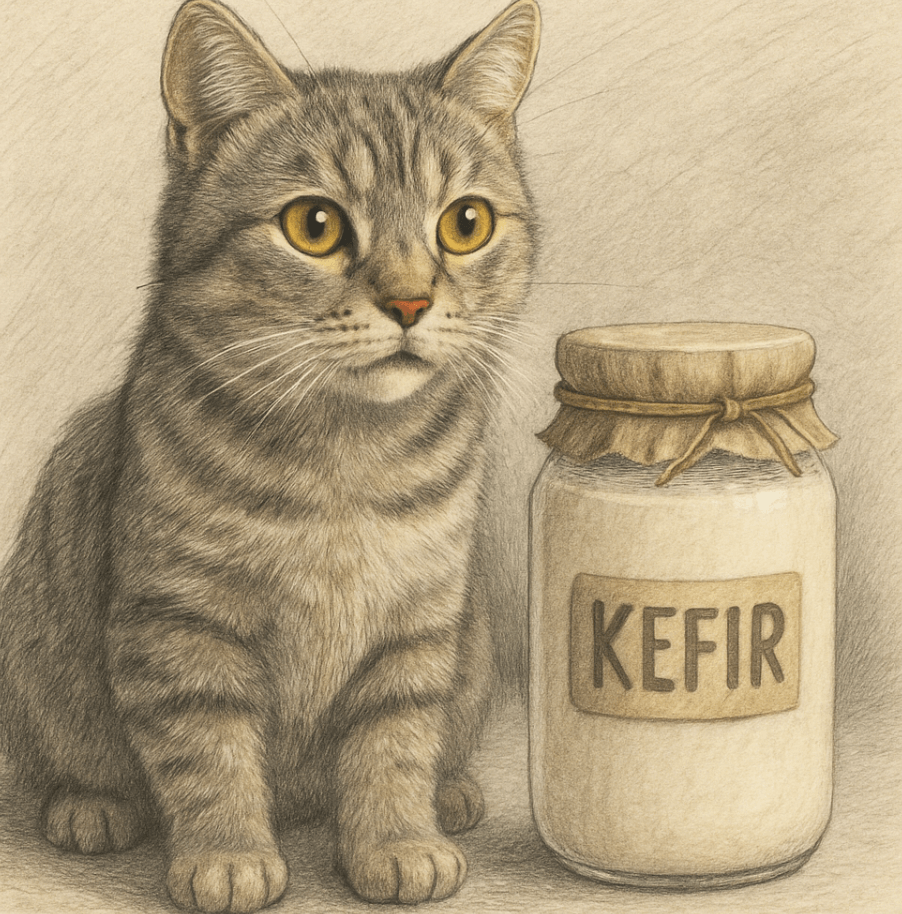
Safe Ways to Feed Kefir to Cats | Things to Avoid When Feeding Kefir |
|---|---|
Offer plain, unsweetened kefir | Never give kefir with added sugars or fruit |
Start with small amounts (1 tsp) | Avoid flavored or sweetened varieties |
Use goat milk-based kefir if available | Don’t feed kefir daily or in large portions |
Monitor for signs of intolerance | Skip kefir if your cat has known allergies |
Mix with wet food for easier digestion | Refrain from homemade kefir without vet advice |
How to Safely Introduce Kefir to Your Cat
If you decide to try feeding kefir to your cat, it’s essential to introduce it gradually and observe their reaction. Follow these steps to ensure a smooth and safe experience.
Choose Plain, Unsweetened Kefir:
Opt for plain, unflavored kefir to avoid exposing your cat to harmful additives like sugar or artificial flavors.Start with Tiny Portions:
Begin with a teaspoon or less to see how your cat reacts before increasing the amount.Monitor for Digestive Issues:
Watch for signs of upset stomach, such as vomiting, diarrhea, or excessive gas, after feeding kefir.Introduce Gradually Over Time:
Mix a small amount of kefir with their regular food and increase slowly over several days to allow their system to adjust.Consult Your Veterinarian First:
Always seek professional advice before making significant changes to your cat’s diet, especially if they have underlying health conditions.
By following these guidelines, you can minimize risks and ensure your cat enjoys the potential benefits of kefir safely.
Signs Your Cat May Not Tolerate Kefir
Not all cats will tolerate kefir well, and recognizing warning signs early can prevent further complications. Look out for these indicators that kefir may not agree with your cat.
Diarrhea or Loose Stools:
This is one of the most common signs of lactose intolerance or digestive upset caused by kefir.Vomiting:
Cats who vomit shortly after consuming kefir may be unable to process it effectively.Excessive Gas or Bloating:
Increased flatulence or abdominal swelling suggests gastrointestinal discomfort.Loss of Appetite:
If your cat refuses to eat after trying kefir, it could indicate nausea or other adverse reactions.Skin Irritations or Itching:
Allergic reactions to kefir may manifest as redness, itching, or rashes on your cat’s skin.
If any of these symptoms occur, stop feeding kefir immediately and consult your veterinarian for guidance.
Common Mistakes to Avoid When Feeding Kefir
Feeding kefir to your cat requires careful consideration to avoid mistakes that could harm their health. Here are some pitfalls to watch out for.
Using Flavored Kefir Varieties:
Flavored kefir often contains sugars and additives that are toxic to cats. Stick to plain, unsweetened options.Feeding Too Much at Once:
Large portions can overwhelm your cat’s digestive system, leading to discomfort or illness.Ignoring Lactose Intolerance Signs:
Disregarding symptoms like diarrhea or bloating can result in prolonged digestive issues.Skipping Vet Consultations:
Failing to consult your vet before introducing kefir can lead to unintended consequences, especially for cats with pre-existing conditions.Assuming All Cats Will Like It:
Just because kefir is safe doesn’t mean every cat will enjoy it—respect their preferences.
Avoiding these mistakes ensures a safer and healthier experience for your cat.
Alternatives to Kefir for Gut Health
If kefir isn’t suitable for your cat, there are other ways to support their gut health without introducing dairy products.
Probiotic Supplements:
Specially formulated probiotics for cats can promote healthy digestion without the risks associated with dairy.Pumpkin Puree:
Plain canned pumpkin is rich in fiber and aids in regulating digestion, making it a great alternative to kefir.Bone Broth:
Low-sodium, unseasoned bone broth provides hydration and nutrients while soothing the digestive tract.Prebiotic Foods:
Ingredients like chicory root or psyllium husk can encourage the growth of beneficial gut bacteria.High-Quality Wet Food:
Moisture-rich wet food supports hydration and digestion, reducing the need for additional supplements.
These alternatives cater to your cat’s digestive needs without relying on kefir.
Understanding Your Cat’s Dietary Needs
Before introducing any new food, including kefir, it’s essential to understand your cat’s unique dietary requirements.
Obligate Carnivore Diet:
Cats thrive on high-protein, animal-based diets and don’t require carbohydrates or dairy for optimal health.Hydration Importance:
Cats often struggle to stay hydrated, so moisture-rich foods are critical for preventing urinary tract issues.Individual Tolerances:
Every cat is different—what works for one may not work for another, so tailor their diet accordingly.Age and Activity Level:
Kittens, seniors, and highly active cats have varying nutritional needs that must be addressed.Health Conditions:
Cats with diabetes, obesity, or kidney disease require specialized diets and should avoid unnecessary treats.
Understanding these factors ensures you make informed choices that align with your cat’s overall health and happiness.
Frequently Asked Questions About Cats and Kefir
Is kefir safe for kittens?
Kittens have sensitive digestive systems, so it’s best to avoid giving them kefir unless specifically recommended by a vet.
How much kefir can I give my cat?
Limit servings to no more than 1-2 teaspoons per day for adult cats, depending on their size and tolerance.
Can I use plant-based kefir instead of dairy-based?
Plant-based kefir lacks the same nutritional profile as dairy-based options and may not provide the same benefits. Consult your vet first.
What if my cat doesn’t like kefir?
If your cat rejects kefir, don’t force it—they likely don’t need it in their diet anyway.
Does kefir replace hydration needs?
No, kefir should complement fresh water, not replace it. Ensure your cat always has access to clean drinking water.
Making Informed Choices About Kefir for Your Cat
While kefir can offer some health benefits for cats, it’s not a necessity and should be approached with caution. Always prioritize your cat’s individual needs, monitor their reactions closely, and consult your veterinarian before introducing new foods. When fed in moderation and under supervision, kefir can be a tasty and nutritious treat for cats who tolerate it well. However, if your cat shows any signs of intolerance or disinterest, it’s perfectly fine to skip kefir altogether. Remember, a balanced diet tailored to your cat’s unique requirements is the key to keeping them healthy and happy.
Ringworm on Cat Paw Pad: Best 7 Expert Tips! Discover expert advice on identifying, treating, and preventing ringworm on your cat’s paw pad to ensure their health and comfort.
Normal Cat Paw vs Polydactyl: Best 7 Expert Tips! Discover the unique traits of polydactyl cats, care tips for their extra toes, and how they differ from normal paws in functionality and charm.
Understanding Jaundice in Cats: Best 7 Expert Tips! Discover causes, symptoms, and treatment options to help your feline friend recover from jaundice effectively.
Understanding Vitiligo in Cats: Best 7 Expert Tips! Discover expert advice on identifying, managing, and supporting cats with vitiligo while celebrating their unique beauty.

